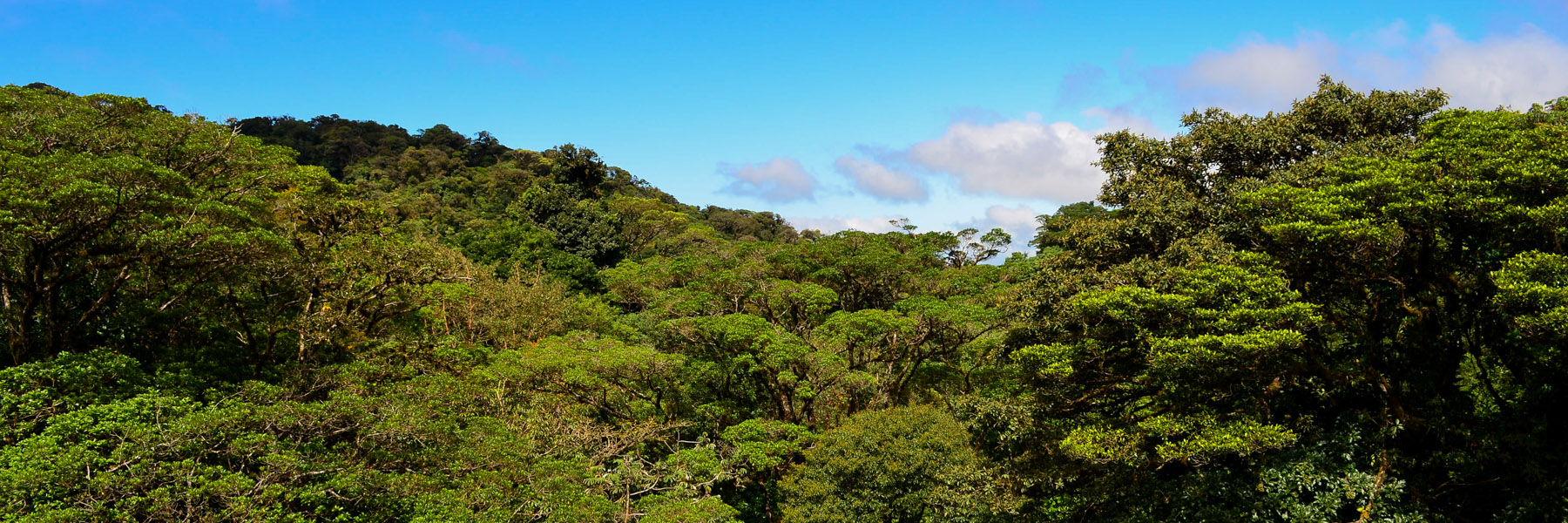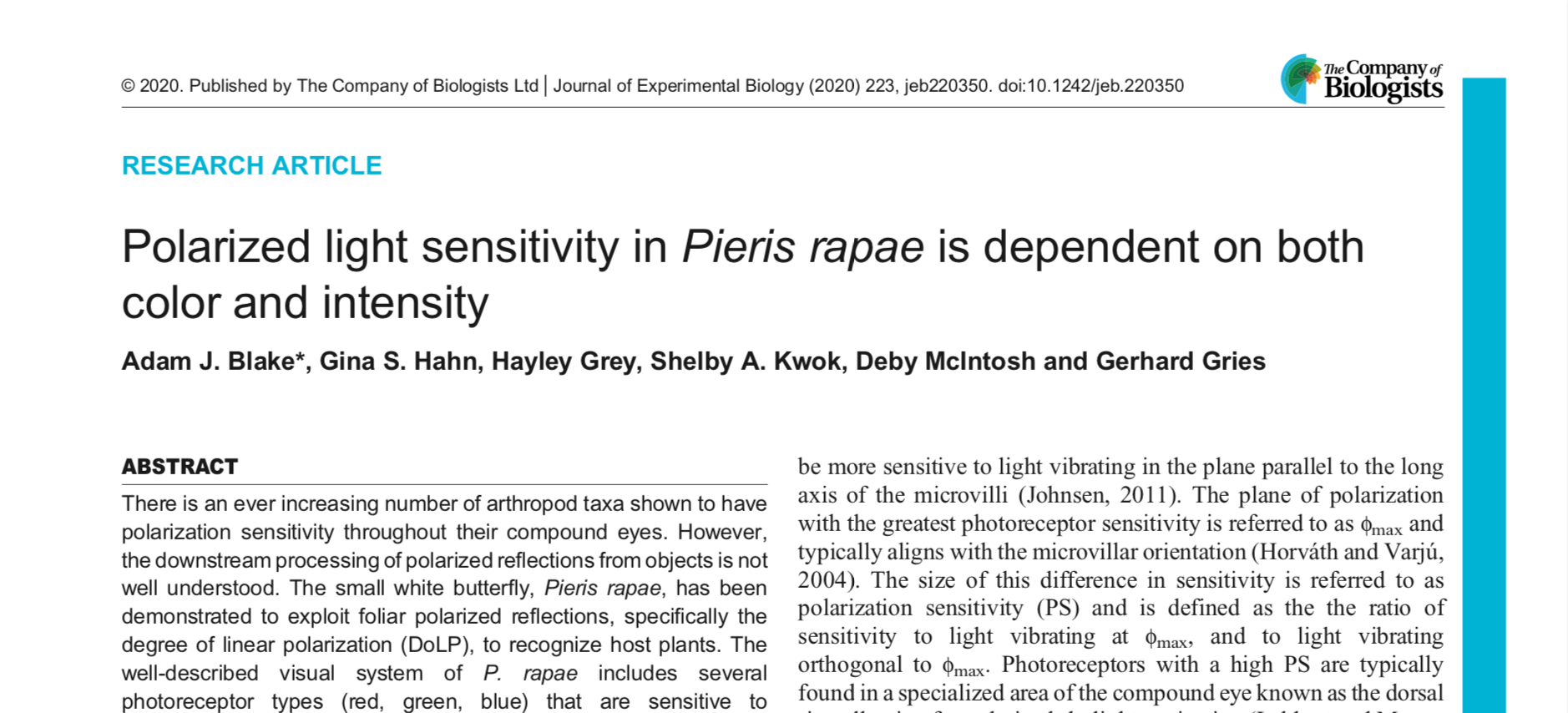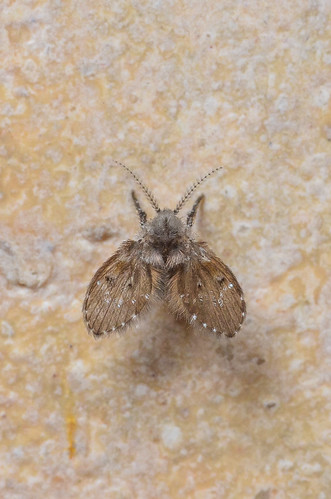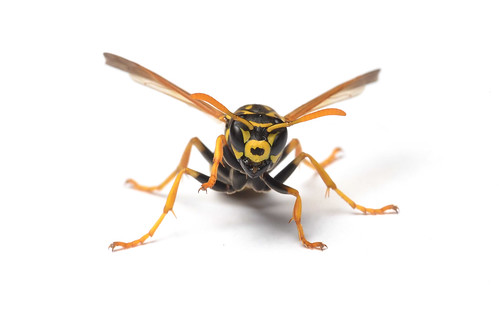Just like this goldenrod crab spider, I’m sneaking this one in under the wire for #Arachtober. Floral visitors beware, you’re in for a scare (and likely a whole lot worse)!
With the help of Dave from Eagle Bear Lodge, it was pretty easy to find Nemo (this bear likes to snorkel for salmon). It was a truly great thanksgiving weekend getaway to the Chilcotin.
Snapped this photo in my in laws’ covered gazebo / makeshift malaise trap. It collected all sort of interesting insects. Would highly recommend it for your next socially distanced garden party.
This past July, in a follow up to the central chapter of my PhD thesis, I published a second behavioral article on polarized light based discrimination of host plants in the cabbage white butterfly in the Journal of Experimental Biology. In this article I focused more on unraveling the neurological mechanism underlying this discrimination. Rather than duplicating effort and going into more detail here, I’ll direct you to the journal’s popular summary. You may also want to check out the associated cover image.
Enjoy this shot of a familiar insect from an exotic local. You can probably find these flies in a bathroom near you, no international travel required. Though they might look like tiny moths, they are actually members of the Fly suborder Nematocera (note the single pair of wings).
Visited Piper Spit a month or so ago to check out the Tufted Duck that had been reported there. While not my first Tufted Duck (I’ve seen them at Iona and in Japan), it is always a nice bird to see especially in North America. I really like how the plane of focus and relative stillness of the the Tufted Duck really help isolate it from the rest of the scene.
I’ve been checking the skunk cabbage during my recent walks and finally found a nice big aggregation of Pelecomalium testaceum. I initially only spotted a few because the rest we hidden by the spath. Bekka Brodie and Asim Renyard did a great study on the chemical components of skunk cabbage odor that attract these beetles.
Sara went all out to celebrate Quarantinoween, sewing this striking cocktail dress. In these trying times, we all have to do whatever have to do to stay sane, whether that is sewing or decorating for a holiday for a holiday seven months early. Check out the rest of the pictures on Instagram.
While comfortably self isolating at home, our terrible windows let in this paper wasp female, presumably looking for a warm place. I was really excited as I could add her to the Never Home Alone: The Wild Life of Homes iNaturalist project. It’s a really fun project (especially right now) cataloging the animal life of homes. She was very reluctant to fly (although reacted to looming stimuli, IE flashes) and posed nicely for several photos. We eventually gave her a meal of our homemade brown sugar syrup before sending her on her way. Thanks again for visiting, little wasp, you brightened my day! [click to continue…]
This photo nicely shows off the pseudopupils (dark spots) in the compound eye. These pseudopupils vary between different groups of butterflies and provide a window into the inner structure. They can even be used to look for differences among ommatidia (Stavenga 2002). This blog post gives the best and most accesible summary about pseudopupils I’ve ever read.












Find Me On